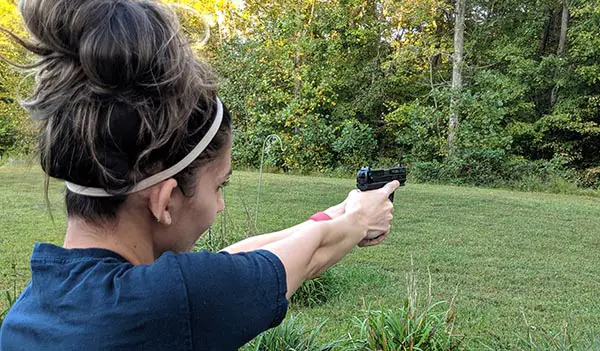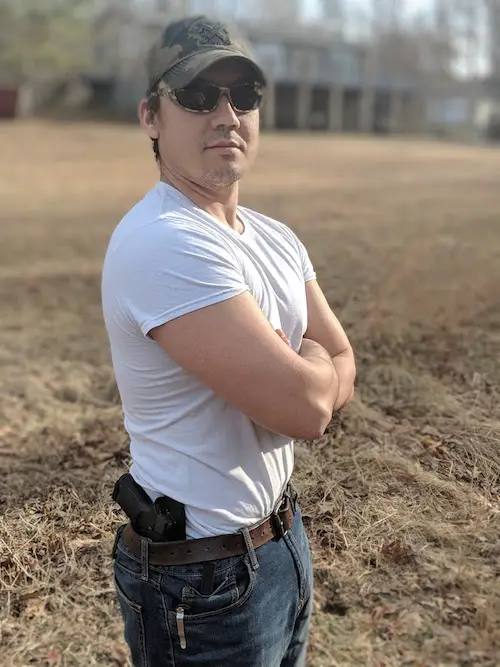You’ve probably gotten mixed messages about the effects of dry firing on your gun. Chances are someone told you dry firing can harm your gun. Others will tell you guns are meant to be dry fired and it won’t cause damage. Well, the truth is that they are both correct. Depending on what model firearm you have, dry firing could be bad. Therefore, always check with the manufacturer about whether dry firing is bad for your gun.
Alright, now lets get into generalizations about dry firing and the health of your gun. Usually, it is safe to dry fire any modern firearm that uses centerfire ammunition. However, you should generally avoid dry firing a gun that uses rimfire ammunition.
Table of Contents
What Is Dry Firing A Gun?
Dry firing a gun is the act of shooting a gun while the chamber is empty. In order to effectively train using the dry fire technique you should perform all actions for aiming, trigger control, breath control, and firing as if there was a live round in the chamber.
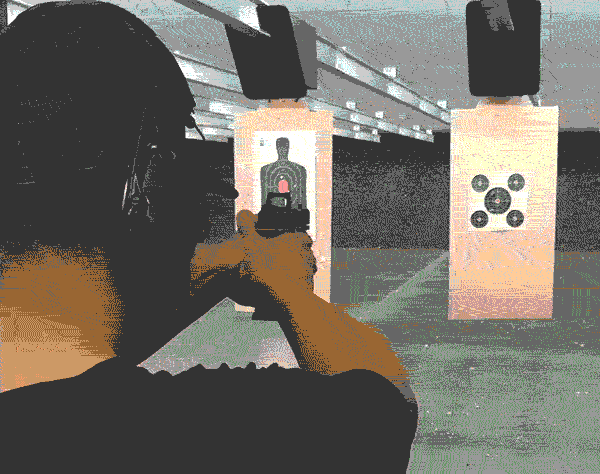
To perform a dry fire shot with your handgun, you should first ensure the firearm is unloaded. Therefore, eject the magazine and lock the slide rearward and visually inspect the chamber on any semi-auto (automatic reloader). For revolvers, you need to use the ejector rod to unload the gun and visually inspect each individual chamber.
Once you have confirmed the firearm is empty, you can put the firearm back into battery. For a semi-auto this means returning the slide to the forward position. However, on a revolver this means locking the cylinder back into place or closing the loading port.
Afterwards, you are ready to cock the hammer or firing pin in the case of striker fired firearms. Preparing to dry fire a gun will vary depending on type of firearm. Additionally, the characteristics of that firearm will require different techniques.
Dry Firing Rimfire Vs. Centerfire Guns
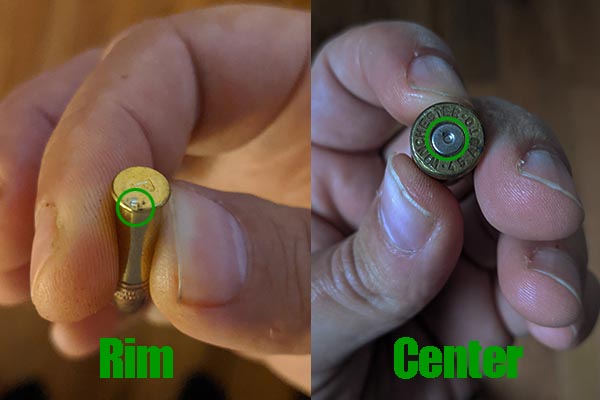
Functionally, there are two types of cartridges; centerfire and rimfire. I cover each of these in more detail on my concealed carry practice exam. Guns that use centerfire ammunition strike the center (more or less) of the cartridge. However, guns that use rimfire ammunition strikes the outer edge of the case head.
So, what does this have to do with whether it’s bad to dry fire a gun? The location of where the firing pin strikes the primer matters a great deal in the absence of live ammunition.
When you dry fire a gun that uses rimfire ammunition, the firing pin may strike a portion of the chamber. When this occurs, either the firing pin can become worn or peening can occur. Peening essentially creates an indentation or gap in the chamber. Ultimately, this could lead to misfires. Therefore, it is generally accepted that it is bad to dry fire a gun that uses rimfire ammunition.
Alternatively, guns that use centerfire ammunition are less likely to have the firing pin encounter any portion of the chamber. Therefore, most modern handguns that use centerfire ammunition are safe to dry fire.
Is It Bad To Dry Fire A Striker Fired Pistol?
Striker fired pistols are slightly different than other semi-auto handguns. However, striker fired pistols still rely on the use of a firing pin to ignite the primer. Glocks for instance are striker fired handguns. Because Glocks use centerfire ammunition, and the manufacturer doesn’t expressly prohibit it, dry firing is safe to practice with these handguns.
Again, you should always consult your owners manual or the manufacturer for advice on the safety of dry firing and your handgun model. However, I’m not aware of anyone experiencing problems with dry firing a striker fired gun.
Ways To Dry Fire & Protect Your Gun
If you’re super paranoid about dry firing your gun, you do have alternative methods of training using this method. Instead of having an empty chamber, you can use dummy rounds like the ST Action training rounds on Amazon.
The plastic inserts will allow your firing pin to strike plastic which won’t damage your firing pin or the chamber. Dummy rounds should also work in guns chambered in .22 as they prevent the peening we discussed earlier.
How To Dry Fire A Revolver
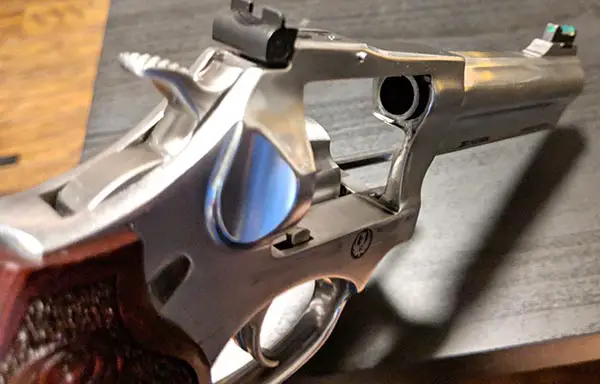
Revolvers come in a variety of configurations. Therefore, I’m going to try and cover the common types you’ll encounter. Trigger type and hammer type are going to impact how you dry fire your revolver . Your revolver is either going to be double action, single action, or double-single action.
For a single action revolver, you must first cock the hammer to set the trigger. Use your thumbs to pull back on the hammer. This will simultaneously rotate the cylinder and set the trigger travel distance. An audible click and the reduction in the trigger travel distance will let you know when this is complete.
Only after you set the hammer will you be able to dry fire a single-action revolver. Therefore, single-action revolvers are going to have an exposed hammer. Some revolvers with an exposed hammer can be fired as either double or single action.
Contrarily, to dry fire a revolver in double action there is no need to manipulate the hammer. For this reason, many double-action only revolvers have a recessed or unexposed hammer.
How To Dry Fire A Traditional Semi-Auto
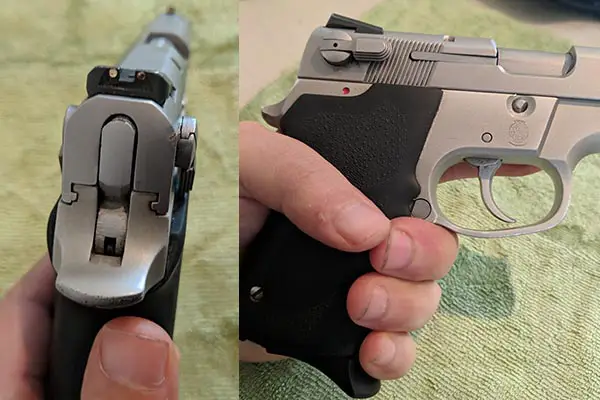
Semi-auto pistol triggers function much the same way as revolvers and have many of the same characteristics. Therefore, you’ll need to manipulate the hammer to fire a semi-auto in single-action. If you have a semi-auto with a recessed hammer (such as the S&W 6906 pictured above) you’ll need to manipulate the slide to set the trigger.
Just like double-action revolvers, you won’t need to manipulate the hammer in order to fire a semi-auto. Generally speaking if your double-action pistol fires centerfire ammunition it is safe to practice dry fire techniques.
How To Dry Fire A Striker Fired Pistol
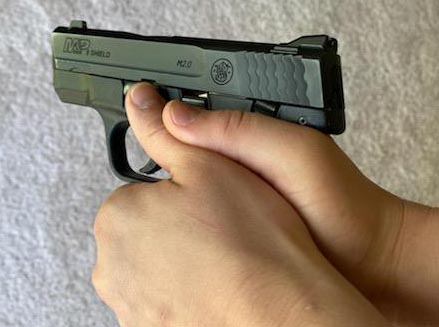
Unlike traditional revolvers and other semi-auto pistols, striker fired pistols do no rely on a hammer. Instead the firing pin is under spring tension and when the trigger is pulled the firing pin is released.
In order to dry fire a striker fired pistol, the slide must be racked (if only partially) to set the trigger and firing pin. Generally speaking striker fired pistols are not harmed when performing dry fire shots. However, you should consult your owners manual or manufacturer to be sure.
If you’ll be using the dummy rounds I mentioned above, just remember not to rack the slide fully. This will prevent the dummy round from being ejected while allowing the firing pin to actually strike something other than air.
Parting Shots
Hopefully this article has clarified which types of guns are safe to dry fire. Dry fire training is extremely beneficial and if it is safe to dry fire your gun, I highly recommend it. If you are still concerned whether it is bad to dry fire your gun, the firearm owners manual or the manufacturer should be able to provide clear guidance. Do you have input you think the community could benefit from? Feel free to leave a comment for others. Additionally, if you’ve found this information helpful, please like and share with your network.
